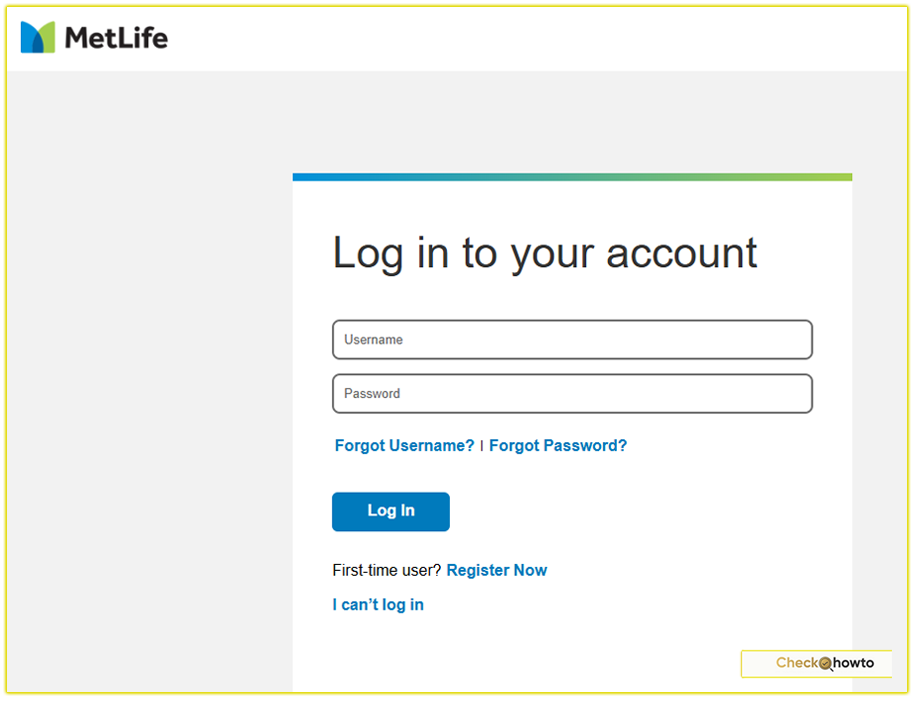As I navigate the complex world of healthcare expenses, I’ve found that understanding the tools available to manage costs can make a significant difference in my financial planning. If you’re like me, you’ve probably heard of Health Savings Accounts (HSAs) and Flexible Spending Accounts (FSAs), but may not be entirely clear on how they differ or which one suits your needs.
In this article, I’ll break down the key differences, benefits, and considerations of HSAs and FSAs, using my insights and experiences to help you make an informed decision. By the end, you’ll have a clear picture of how these tax-advantaged accounts can help you save on medical expenses and plan for your financial future.
What Are HSAs and FSAs?
Health Savings Account vs. Flexible Spending Account; Both HSAs and FSAs are tax-advantaged accounts designed to help you save money for healthcare costs.
They allow you to set aside pre-tax dollars, which means you don’t pay taxes on the money you contribute, ultimately reducing your taxable income. This can lead to significant savings, especially if you have regular medical or dependent care expenses.
- Health Savings Account (HSA): I think of an HSA as a personal savings account for healthcare. It’s available if you’re enrolled in a High Deductible Health Plan (HDHP). The funds in an HSA roll over year after year, and you can even invest them, making it a powerful tool for long-term savings.
- Flexible Spending Account (FSA): An FSA, on the other hand, is an employer-sponsored account. You decide how much to contribute each year, and the money is deducted from your paycheck before taxes. FSAs are typically “use-it-or-lose-it,” meaning you need to spend the funds within the plan year, though some plans offer a grace period or limited carryover.
Understanding these basics is crucial because, as I’ve learned, choosing the right account depends on your health plan, financial goals, and spending habits. Let’s explore the key differences in more detail.
Key Differences Between HSAs and FSAs
When I first started comparing HSAs and FSAs, I noticed several distinctions that impact how they work and who can use them. Here’s a breakdown to help you see which might align with your needs:
1. Eligibility Requirements
One of the first things I discovered is that HSAs and FSAs have different eligibility criteria.
- HSA Eligibility: To open an HSA, you must be enrolled in an HDHP, which is a health plan with a minimum deductible (set by the IRS, typically $1,600 for individuals or $3,200 for families in 2025). You also can’t have other health coverage, like Medicare, or be claimed as a dependent on someone else’s tax return. I appreciate that HSAs are available to anyone with an HDHP, whether through an employer or a private plan.
- FSA Eligibility: FSAs are more accessible in some ways. Your employer must offer an FSA, but you don’t need an HDHP. This makes FSAs a great option if you have a traditional health plan. However, self-employed individuals like me (if I were freelancing) can’t open an FSA, whereas we can open an HSA.
Check your health plan. If you have an HDHP, an HSA is an option. If not, an FSA might be your go-to, provided your employer offers it.
2. Ownership and Portability
Ownership was a big factor for me when choosing between these accounts.
- HSA Portability: I love that an HSA is mine to keep. Whether I change jobs, retire, or switch health plans, the funds stay with me. This portability makes HSAs feel like a personal investment in my healthcare future.
- FSA Ownership: FSAs, however, are tied to your employer. If you leave your job, you generally lose access to any remaining funds, unless you opt for COBRA to extend benefits (which isn’t always practical). This “employer-owned” aspect makes FSAs less flexible.
If job changes are on your horizon, an HSA’s portability is a major advantage. For stable employment, an FSA can still work well.
3. Contribution Limits
How much you can contribute to these accounts is another critical difference I considered.
- HSA Contribution Limits: For 2025, the IRS allows individuals to contribute up to $4,300 and families up to $8,550 to an HSA. If you’re 55 or older, you can add a $1,000 catch-up contribution. Employers, you, or even family members can contribute, and the funds accumulate over time.
- FSA Contribution Limits: FSAs have lower limits. In 2025, you can contribute up to $3,300 per employer for a healthcare FSA. If you’re married, your spouse can contribute another $3,300 if their employer offers an FSA. For a Dependent Care FSA (DCFSA), the limit is $5,000 for individuals or married couples filing jointly.
If you have high medical expenses or want to save more, an HSA’s higher limits are appealing. FSAs are better for predictable, smaller expenses.
4. Fund Rollover and Expiration
The “use-it-or-lose-it” rule was a game-changer for me when evaluating FSAs.
- HSA Rollover: HSA funds never expire. I can save them for years, even decades, and use them for future medical expenses or invest them for growth. After age 65, I can withdraw funds for non-medical expenses without penalty (though I’d owe income tax).
- FSA Rollover: FSAs are less forgiving. You typically need to spend the funds by the end of the plan year. Some plans offer a 2.5-month grace period or allow you to carry over up to $660 to the next year, but any unused funds above that are forfeited to your employer.
If you’re unsure about your annual medical expenses, an HSA’s rollover feature offers peace of mind. FSAs require careful planning to avoid losing money.
5. Investment Opportunities
One feature that really stood out to me with HSAs is the ability to invest.
- HSA Investments: Many HSA providers allow you to invest your funds in mutual funds, stocks, or bonds, similar to a 401(k). This can help your savings grow over time, especially if you’re treating your HSA as a long-term healthcare fund. I see this as a unique advantage for building wealth.
- FSA Investments: FSAs don’t offer investment options. The money you contribute is meant to be spent, not grown, which limits its long-term potential.
If you’re looking to save for future healthcare costs (like in retirement), an HSA’s investment feature is a big win. FSAs are strictly for near-term expenses.
6. Access to Funds
How and when you can use the money also varies.
- HSA Fund Access: With an HSA, you can only use what you’ve contributed so far. If I plan to contribute $4,300 over the year, I might only have $2,150 by mid-year. However, I can reimburse myself later for expenses paid out-of-pocket, which adds flexibility.
- FSA Fund Access: FSAs give you access to the full contribution amount upfront. If you commit to $3,300 for 2025, you can spend it all on January 1, even if your paycheck deductions haven’t caught up. This is great for large, early-year expenses.
Need immediate access to funds? An FSA’s upfront availability is handy. For more controlled spending, an HSA works well.
Eligible Expenses
Both accounts cover a wide range of qualified medical expenses, but there are nuances I’ve learned to appreciate.
- HSA Eligible Expenses: You can use HSA funds for deductibles, copays, prescriptions, dental and vision care, and even some over-the-counter items (like menstrual products, thanks to the CARES Act). After age 65, you can use funds for non-medical expenses (with income tax) or continue using them tax-free for medical costs.
- FSA Eligible Expenses: FSAs cover similar medical expenses, including copays, prescriptions, and OTC items. A Dependent Care FSA is unique, letting you pay for childcare or eldercare (like daycare or preschool) while you work. However, cosmetic procedures or general health items (like gym memberships) aren’t eligible.
Review the IRS list of eligible expenses (available at irs.gov) to plan your contributions. If you have dependents, a DCFSA could save you on childcare costs.
Tax Benefits
The tax advantages of both accounts are why I find them so appealing.
- HSA Tax Benefits: HSAs offer a “triple tax advantage”: contributions are tax-deductible, earnings (from investments) grow tax-free, and withdrawals for qualified medical expenses are tax-free. This makes HSAs incredibly efficient.
- FSA Tax Benefits: FSAs also reduce your taxable income since contributions are pre-tax. Withdrawals for qualified expenses are tax-free, but since funds don’t grow (no investments), the tax benefits are less robust than HSAs.
Estimate your tax savings. For example, if you’re in a 22% tax bracket, contributing $3,000 to either account could save you nearly $900 in taxes (including FICA and state taxes).
Which Account Is Right for You?
Choosing between an HSA and an FSA depends on your unique situation. Here’s how I’d approach the decision, and some questions to help you decide:
- Consider Your Health Plan: If you have an HDHP, an HSA is your only option (you can’t have both a healthcare FSA and an HSA, though a Limited Purpose FSA for dental/vision is possible). If you have a traditional plan, an FSA is likely your best bet.
- Assess Your Expenses: I always estimate my annual medical costs. If you have predictable expenses (like regular prescriptions or childcare), an FSA’s upfront funds are great. For variable or future costs, an HSA’s rollover and investment options shine.
- Think Long-Term: I see my HSA as a complement to my retirement savings, especially since I can invest the funds. If you’re planning for future healthcare needs, an HSA is ideal. FSAs are better for immediate, known expenses.
- Evaluate Job Stability: If you change jobs frequently, an HSA’s portability is a huge plus. FSAs are less flexible if you leave your employer.
Use an online savings calculator (like those on HealthEquity or FSAFEDS) to estimate your tax savings and plan contributions. Talk to your HR department or a financial advisor to confirm your eligibility and options.
My Personal Experience
When I first enrolled in an HDHP, I was hesitant about the high deductible, but opening an HSA changed my perspective. I contribute the maximum each year, invest a portion, and use the funds for occasional doctor visits or prescriptions.
Knowing the money rolls over gives me peace of mind, especially since I can save for future expenses like dental work or even retirement healthcare costs. On the other hand, when I had an FSA through a previous employer, I loved the upfront access to funds for my contact lenses and copays, but I had to plan carefully to avoid losing money at year-end.
Your experience might differ, but I encourage you to weigh your healthcare needs, financial goals, and employment situation. Both accounts are powerful tools, but their effectiveness depends on how you use them.
Conclusion
Navigating Health Savings Accounts and Flexible Spending Accounts can feel overwhelming, but I’ve found that understanding their differences empowers me to make smarter financial choices. HSAs offer portability, higher contribution limits, and investment potential, making them ideal for long-term savings.
FSAs provide immediate access and flexibility for predictable expenses, especially with dependent care options. By considering your health plan, expenses, and goals, you can choose the account that best fits your life.
For more details, check out resources like HealthCare.gov or IRS.gov to explore eligible expenses and contribution limits. If you’re still unsure, your employer’s HR team or a financial advisor can offer personalized guidance. Here’s to saving smarter on healthcare costs!



